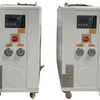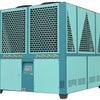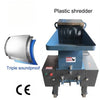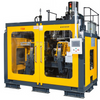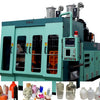Scroll Chillers: Technologic Scroll Chillers: Technological Innovations, Applications, and Future Trends in Industrial Cooling Abstractal Innovations, Applications, and Future Trends in Industrial Cooling Abstract
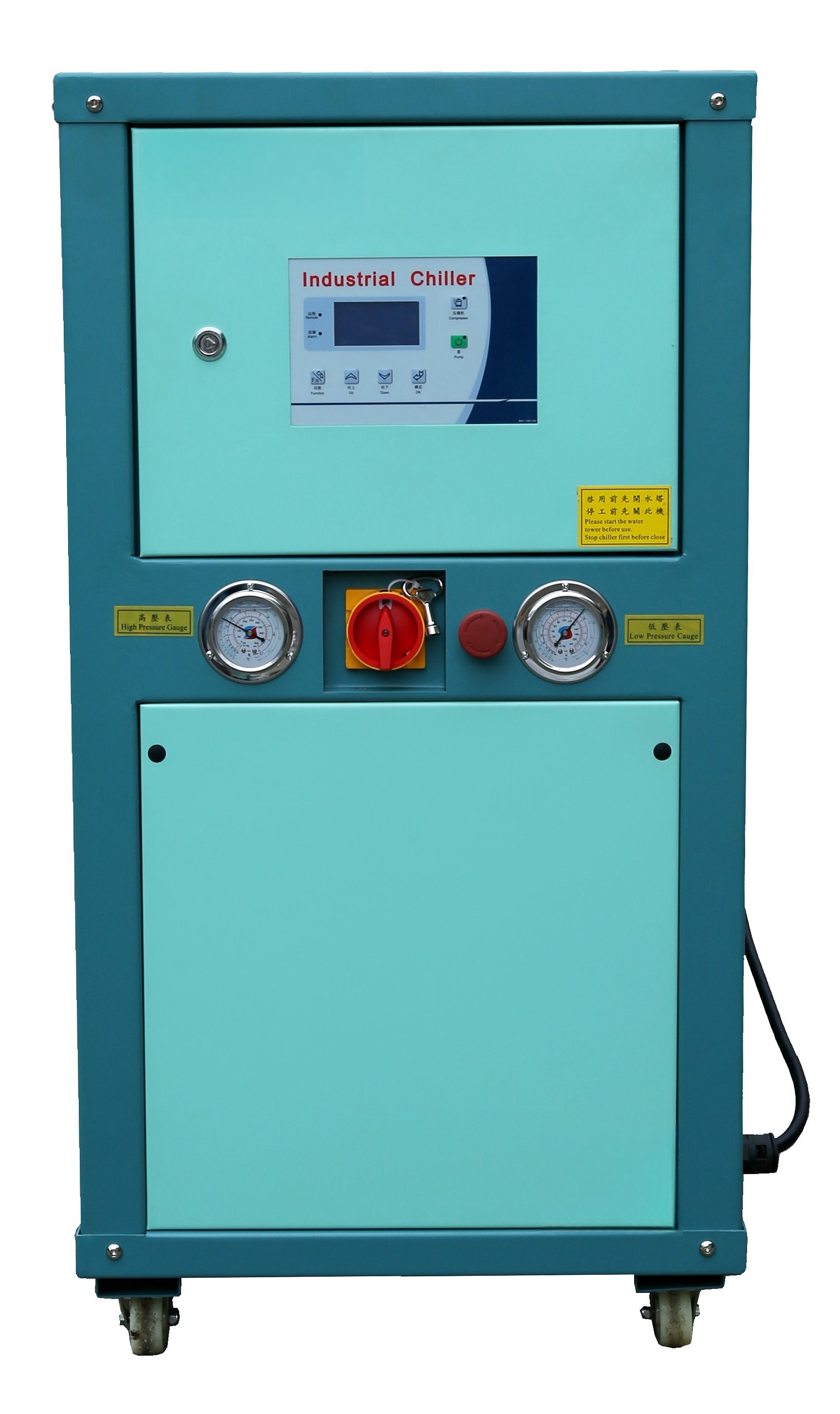
1. Introduction
Scroll chillers, a type of vapor-compression refrigeration system utilizing scroll compressors, have become indispensable in industries requiring stable and efficient cooling. Their advantages—compact design, low vibration, and high energy efficiency (COP up to 6.0)—make them ideal for semiconductor manufacturing, data centers, and food processing. With global demand for energy-efficient cooling solutions surging under the "Double Carbon" policy and EU Energy Efficiency Directive, scroll chillers are at the forefront of technological innovation. This paper examines their technical evolution, market dynamics, and future directions.
2. Technical Principles and Design Features
2.1 Core Components
-
Scroll Compressor:
- Working Principle: Two interleaved spiral scrolls (one fixed, one orbiting) compress refrigerant through volume reduction.
- Advantages: Higher reliability than reciprocating compressors, lower noise (≤60 dB), and 15% higher energy efficiency compared to traditional models.
- Applications: Suitable for medium-capacity systems (e.g., 28–356 kW refrigeration range for Guangzhou Star’s 20STB series).
-
Condenser:
- Types: Air-cooled (for water-scarce environments) and water-cooled (e.g., shell-and-tube condensers with enhanced heat transfer via finned tubes).
- Trade-offs: Air-cooled systems have lower COP but eliminate water dependency.
-
Evaporator:
- Design: Shell-and-tube or plate-type evaporators ensure precise temperature control (e.g., ±0.5°C stability for pharmaceutical applications).
-
Expansion Valve:
- Electronic Expansion Valves (EEVs): Enable dynamic refrigerant flow adjustment, improving part-load efficiency by 12–18%.
2.2 Energy Efficiency Innovations
- Variable Speed Drives: Scroll compressors paired with inverters reduce energy consumption by 30% under partial loads.
- Heat Recovery Systems: Waste heat from condensers is reused for process heating, achieving 6.0 COP in Guangzhou Star’s units.
- Low-GWP Refrigerants: Transition from R22/R134a to R454B (GWP = 273) reduces environmental impact while maintaining performance (COP improvement of 4.1% over R410A).
3. Industrial Applications
3.1 Semiconductor Manufacturing
- Precision Cooling: Scroll chillers maintain ±0.5°C stability during wafer etching and encapsulation, preventing defects like solder voids.
- Example: Multi-stage scroll chillers with -40°C to 20°C temperature control ensure resin curing consistency.
3.2 Data Centers
- High-Density Cooling: Scroll chillers support liquid cooling systems for AI servers, achieving 85% COP under ASHRAE standards.
- Modular Design: Parallel-connected units (e.g., 20STB series) enable scalability for Tier III/IV facilities.
3.3 Food Processing and Logistics
- Cold Chain Solutions: Scroll chillers power blast freezers (e.g., -40°C rapid freezing for seafood) and cold storage warehouses.
- Hygiene Compliance: Stainless steel water tanks and IP54-rated enclosures meet FDA and ISO 22000 standards.
3.4 Medical and Pharmaceutical Industries
- Stable Temperature Control: Scroll chillers regulate reactor temperatures in drug synthesis, ensuring batch consistency.
- Safety Features: Multi-layer protection (pressure compensation, refrigerant leak alarms) prevents system failures.
4. Market Trends and Challenges
4.1 Growth Drivers
- Policy Support: China’s "14th Five-Year Plan" mandates 15% energy savings in industrial sectors, boosting demand for high-efficiency chillers.
- Data Center Expansion: Global data center cooling market to grow at 8.2% CAGR (2025–2030), driven by AI and cloud computing.
- Urbanization: Commercial building HVAC systems account for 26% of scroll chiller demand in China.
4.2 Key Challenges
- Material Cost Volatility: Copper and steel price fluctuations impact production costs.
- Technical Barriers: Scroll compressors face limitations in ultra-low temperature (-40°C) applications.
- Regulatory Pressure: Phase-down of HFCs under the Kigali Amendment requires rapid adoption of alternatives like R454B.
5. Future Directions
5.1 Smart Manufacturing Integration
- IoT and Predictive Maintenance: Sensors monitor compressor wear and refrigerant levels, reducing downtime by 40%.
- AI-Driven Optimization: Machine learning algorithms adjust operating parameters in real-time, improving energy efficiency by 15%.
5.2 Sustainable Refrigerants
- Low-GWP Alternatives: R454B, R290 (propane), and CO₂ transcritical cycles are under development to meet EU F-Gas Regulation targets.
5.3 Regional Market Expansion
- Asia-Pacific Dominance: China and Southeast Asia will lead growth due to manufacturing hubs and冷链物流 (cold chain logistics) investments.
- North America: Adoption of ASHRAE 90.1-2022 standards drives demand for high-efficiency units (COP ≥ 5.0).
6. Conclusion
Scroll chillers are pivotal in addressing global industrial cooling demands through innovations in energy efficiency, intelligent controls, and environmental compliance. Future advancements will focus on AI integration, low-carbon refrigerants, and modular designs to align with circular economy goals. As markets in Asia-Pacific and North America expand, collaboration between policymakers and manufacturers will be critical to overcoming cost and technical barriers.

